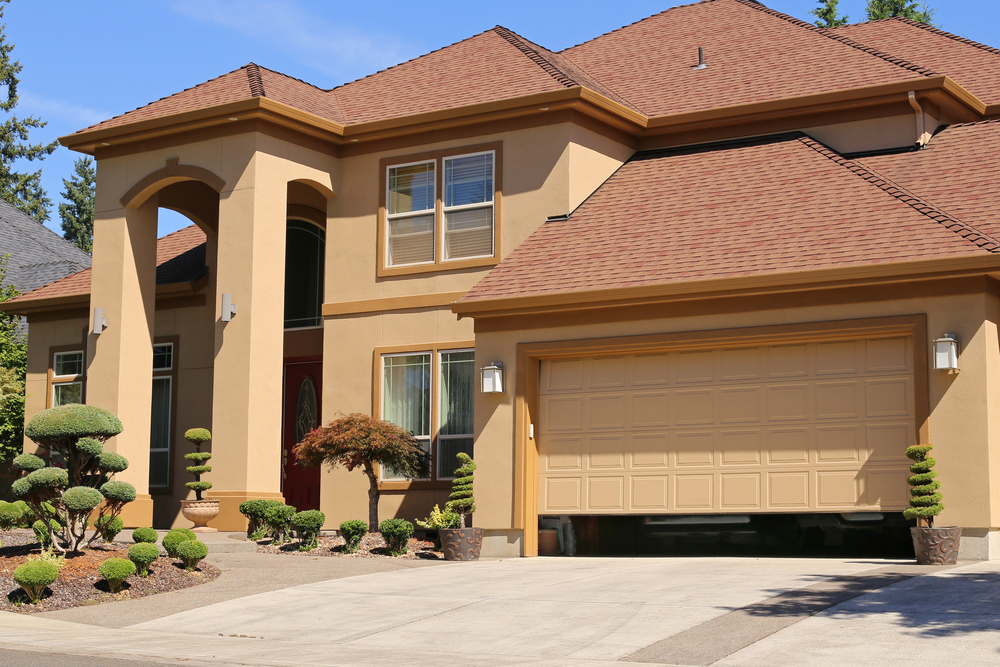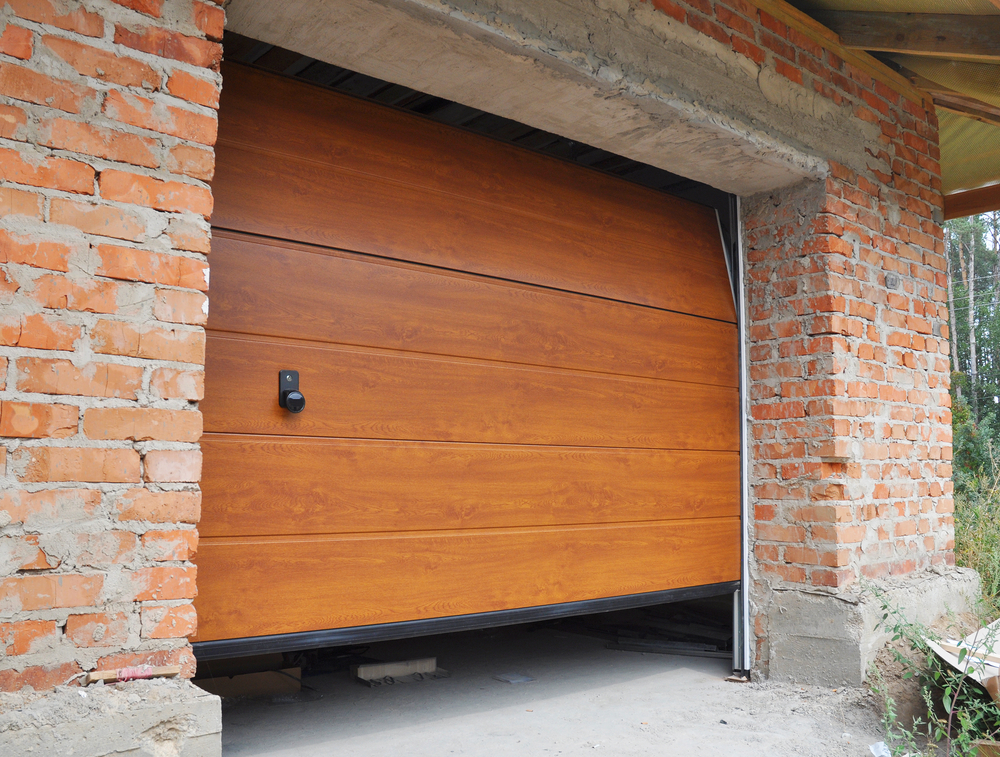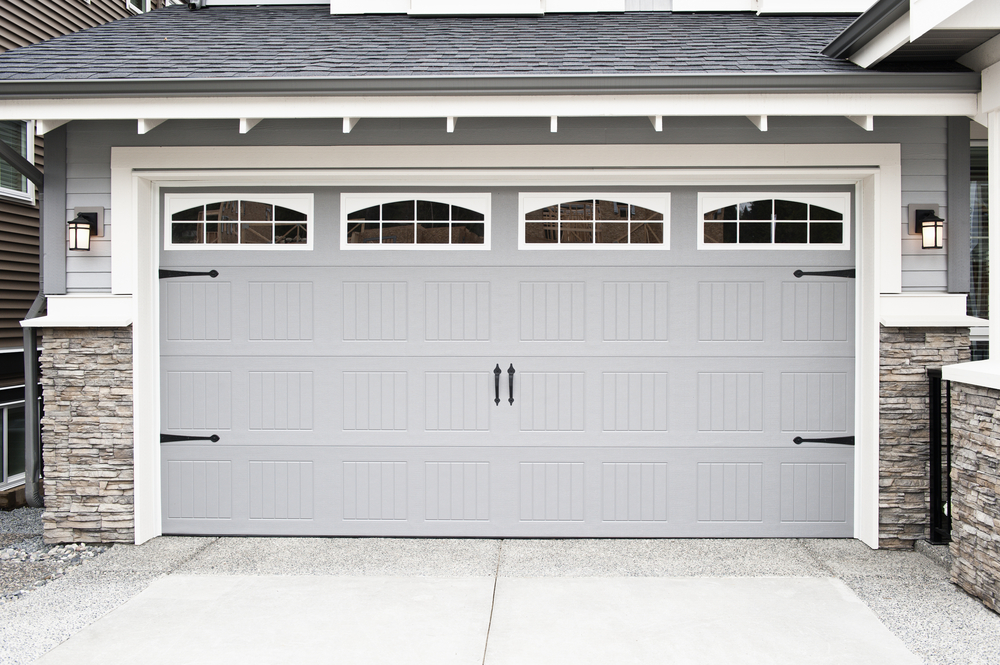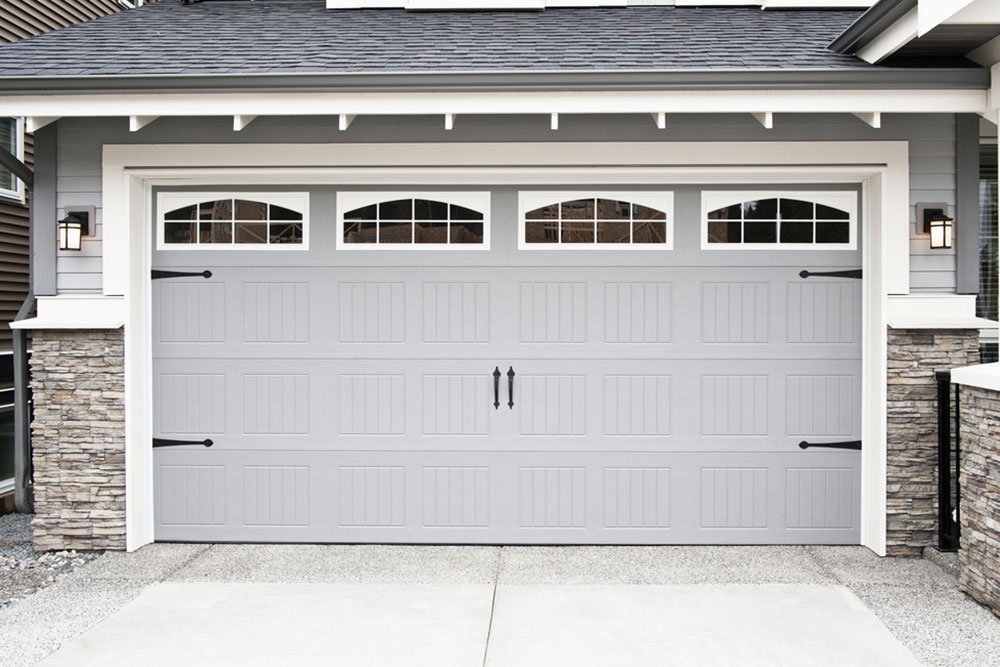Comprehensive Guide to Key Factors in Garage Door Design and Construction
This comprehensive guide explores essential aspects of garage door design and construction, including types, materials, automation features, and size considerations. It offers practical insights for homeowners and builders aiming to select or customize garage doors that combine functionality, durability, and aesthetic appeal, ensuring convenience and long-term performance.
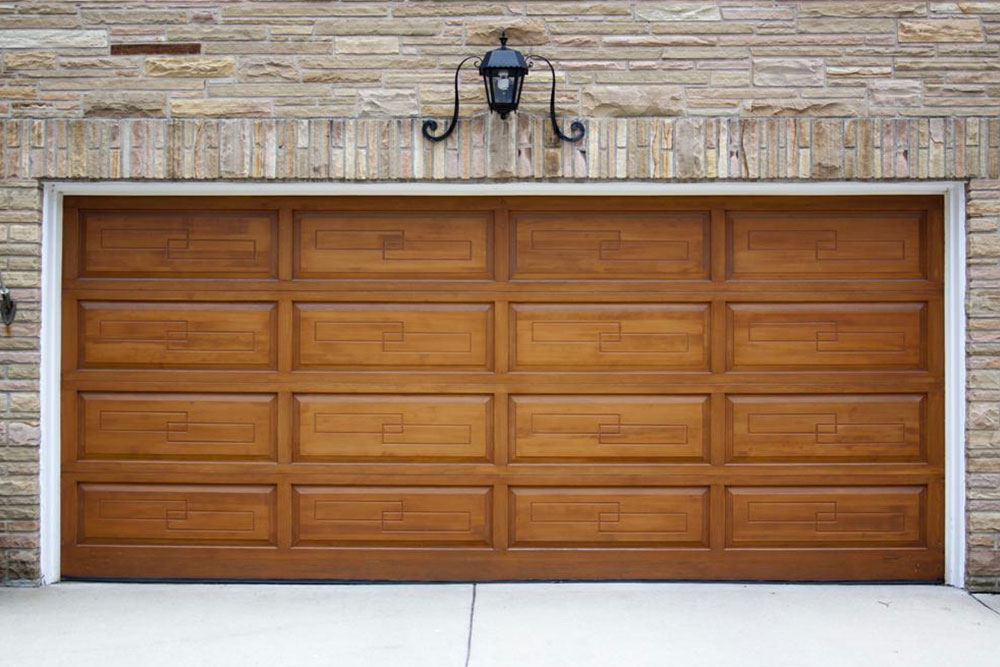
Essential Considerations for Building and Designing Garage Doors
Garage doors are vital components of many residential and commercial properties, serving as large entry points that provide convenient access to parking areas or storage spaces. They are engineered to accommodate various vehicle sizes and often operate either manually or through automated electric systems. The design of these doors combines functionality, durability, and aesthetic appeal, requiring careful planning and consideration of multiple factors to ensure optimal performance and long-term satisfaction.
Typically, garage doors are constructed from several connected panels that either roll upwards, slide horizontally, or swing outward. Most modern designs employ a rolling mechanism where the door panels are linked and operated via a spring-loaded system, significantly reducing the effort necessary for opening and closing. The choice of the door’s opening mechanism significantly influences its usability, maintenance, and overall cost.
Single vs. Double Garage Doors: Which Is Right for Your Needs?
Choosing between a single and double garage door depends on your vehicle size, parking needs, and aesthetic preferences. Single garage doors are more compact, tend to be energy-efficient, and are ideal for smaller vehicles or when space is limited. They typically feature straightforward manual or automatic mechanisms, making them a cost-effective option for many homeowners.
Double garage doors, on the other hand, are wider and capable of accommodating two vehicles side by side. They often come equipped with automatic openers, providing a seamless entry experience. Double doors are especially practical if you own larger vehicles like trucks or SUVs, or if you desire a more balanced visual proportion for your garage facade. They add convenience and enhance curb appeal but may require more space and investment.
Understanding the energy consumption of your garage door is essential. Single doors generally consume less energy, especially if equipped with electric openers that are designed for efficiency. Double doors often feature built-in automatic opening mechanisms that enhance their practicality, particularly for those seeking convenience. The variety of garage door styles includes roll-up doors, which are widely used in commercial settings, double oscillating doors that swing open widely, and horizontally opening designs suitable for limited space applications. Each style offers specific benefits aligned with different functional needs.
Materials Commonly Used in Garage Door Manufacturing
The construction materials of garage doors significantly affect their durability, aesthetic appeal, maintenance requirements, and insulation properties. The most common materials include metal, wood, and fiberglass, with options available for insulation to improve energy efficiency.
Aluminum doors are lightweight, cost-effective, and resistant to rust, making them ideal for homeowners seeking low-maintenance solutions. However, they tend to be less durable and less thermally efficient compared to other materials. Fiberglass doors are recognized for their aesthetic versatility, offering various finishes and styles. Steel remains the most popular choice due to its strength, durability, and ability to be manufactured in various designs and sizes, suitable for both residential and commercial applications.
Wooden garage doors provide a classic, artistic appeal that adds charm and curb appeal to any property. Although they demand higher maintenance and are more expensive, they are favored for their natural look and customization options. The choice of material directly influences the door's lifespan, maintenance needs, and overall cost, so selecting the ideal material depends on your specific requirements and budget.
Design Elements and Automation Features for Modern Garages
Modern garage door design emphasizes both functionality and convenience. When planning your garage, it’s crucial to consider design elements that enhance usability and safety. Automated garage doors equipped with sensor systems have become standard, facilitating hands-free operation and improving security. These sensors detect obstructions and prevent accidental closures, protecting residents and vehicles alike.
Standard garage door sizes typically include 8'x7' and 8'x16', which accommodate most medium-sized vehicles comfortably. For larger properties or higher resale value, oversized garage doors can be a valuable investment. These larger doors not only provide ample space for bigger vehicles or additional storage but also contribute to the overall curb appeal of the property.
Additional features such as custom panel designs, windows for natural light, and insulation layers further enhance both the visual appeal and energy efficiency of garage doors. When selecting a garage door design, consider the climate, security needs, and the architectural style of your property to ensure a harmonious integration with your overall home or commercial building.
